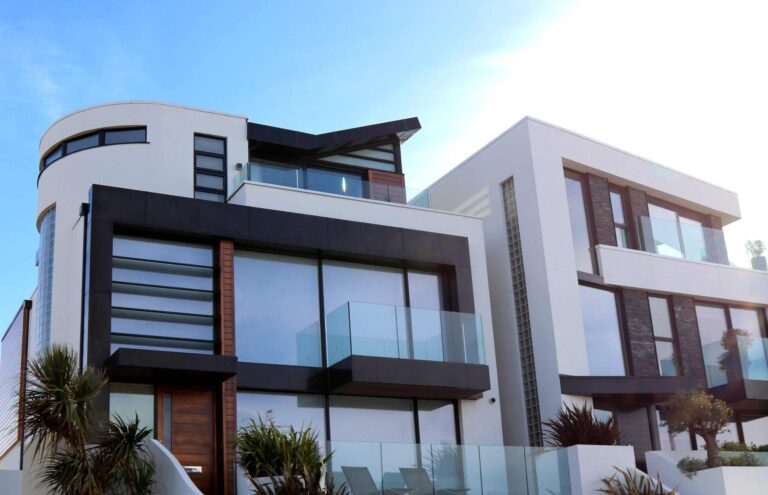The EU directive on building energy performance is almost ready, and by 2050 it will push member states to enact regulations aimed at zero Co2 emissions from all buildings in the Union.
Buildings are responsible for 36 percent of Co2 emissions in Europe, as well as 40 percent of energy consumption, and this evidence dictates that action on energy efficiency in all European buildings must be taken as soon as possible.
Given this background, let’s see when the obligation to renovate European buildings will start, but more importantly for whom home renovation will be mandatory.
Table of Contents
EU directive, renovating home will be mandatory
The analysis done by the European Union Council tells us that 75 percent of buildings in Europe consume too much energy.
All member states have to take action on the buildings they build. And this will have to be done in a priority order.
The first to have to comply with the new standards are nonresidential buildings. Each member state will be asked to determine how much energy per square meter they can use each year. Which is the minimum energy performance threshold for each nonresidential building.
In each case it will be necessary to move within two minimum thresholds, identified as follows:
- until 2030: each nonresidential building will have to consume less than 15 percent;
- until 2034: each nonresidential building will have to stay below the 25% threshold.
With regard to the construction of new buildings, however, the time window is narrower.
The new rules on building construction
By 2028, all new public buildings must be built carbon-neutral. And by 2030 the same must be done for all other new buildings.
As for residential buildings, the directive stipulates that by 2030 they will have to be renovated to energy class E.
By 2033, on the other hand, a target is set to achieve energy class D for all residential buildings. And by 2040 conditions must be in place to achieve zero emissions by 2050.
How action will be needed
To do this, nonresidential and public buildings, whether built from scratch or renovated, will have to install solar systems.
In this regard, the Council’s infographic even indicates the size of the building, in relation to the system to be installed. Specifically:
- from 2027: newly constructed public and non-residential buildings, if larger than 250 square meters;
- from 2028: solar installations for public and non-residential buildings on which deep renovations are carried out, if greater than 400 square meters;
- from 2030: solar installations on all new residential buildings.
In this case, it should be added that all households will have to be helped by appropriate incentives realize energy efficiency in buildings. Otherwise the goal of zero emissions by 2050 remains vague.












